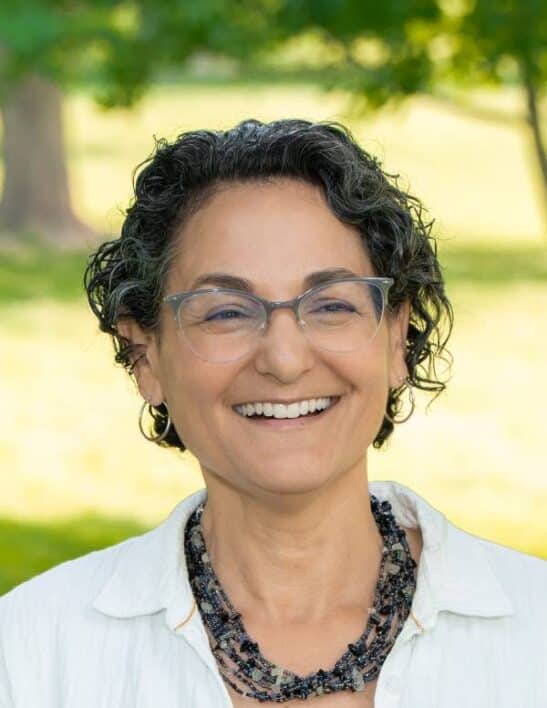In this report, produced with the support of the Robert Wood Johnson Foundation, Synapse Energy Economics, RAP and Community Action Partnership take an in-depth look at the disparate impacts electric and natural gas infrastructure have on economic, social, and health outcomes — and consider how to ensure that a clean-energy future is a more equitable future. The report finds a variety of opportunities for policymakers, including policies to make energy more affordable for vulnerable communities, expand access to energy, reduce environmental hazards, and create jobs in the clean energy transition.
The report also includes case studies from municipalities, states, and regions across the country that are working to achieve these goals. The small city of Bloomfield, Iowa, has taken charge of its energy future, transforming its approach to resource planning, investing in efficiency and solar power, and spurring local development. In Ohio, a statewide arrearage management program provides a model for protecting customers from utility shutoffs. In Minnesota, Xcel Energy and the state’s utility regulators are working together to implement performance-based regulation, with benchmarks for improving customer service quality and workforce diversity. And the 10 northeastern states that participate in the Regional Greenhouse Gas Initiative are reducing carbon dioxide emissions (and other pollution) from power plants, improving environmental conditions and community health outcomes. This report highlights these successes and provides policymakers with insights into how to create a successful – and economically inclusive – transition to a clean energy future.



